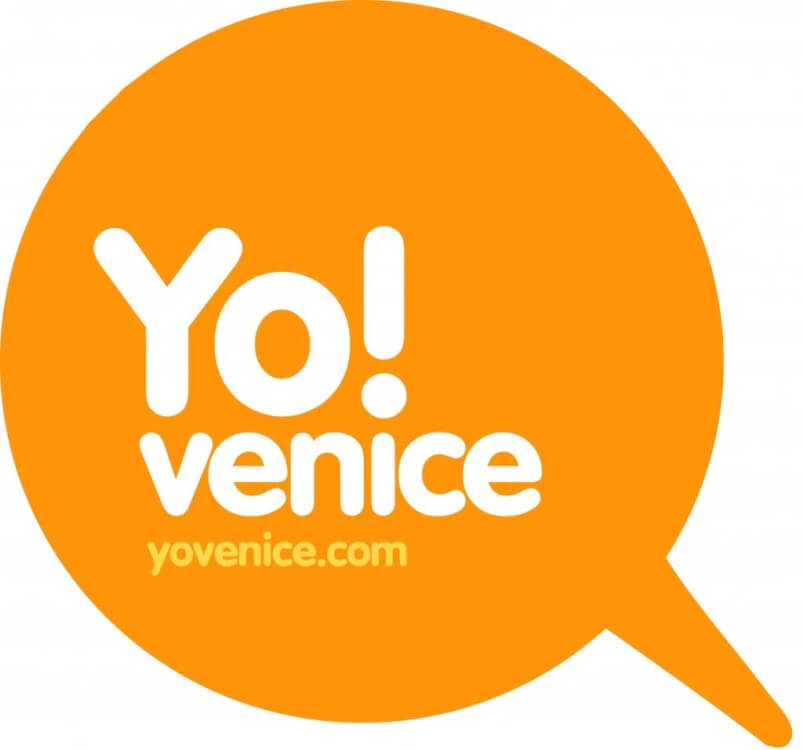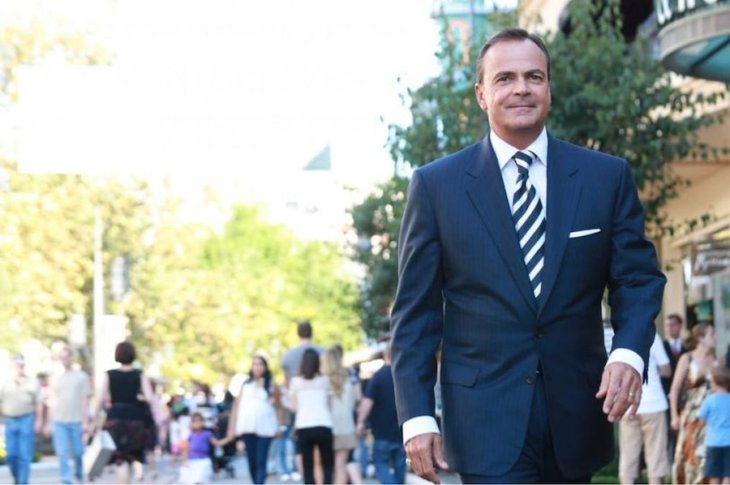For many years, individuals were used to having two cans for their waste, a trash can, and a recycling bin. Now, with the new composting law, California residents have a green bin for their organic matter. This new addition makes it easier than ever for residents to contribute to protecting the environment and reducing the organic matter thrown into local landfills. Even if you think you have a good understanding of what should and shouldn’t go into certain bins, you might want to brush up just in case.
Blue Bin – Recyclable Items
Do you know what happens to the items thrown in recycling bins? They’re taken to a recycling facility that sorts them by what material they are and then they’re sold to create new products out of them. Accidentally throwing non-recyclable items into a recycling bin can create problems for the facility. Reduce your waste as much as possible, but properly recycle items so they don’t fill up the landfill.
The items tossed in your blue bin should be things like:
- Shredded paper
- Glass jars
- Mail and office papers
- Hardback books
- Cardboard boxes
- Cardboard egg cartons
- Plastic jugs
- Plastic hangers
- Laundry baskets
- Plastic containers
- Aluminum cans
What some people don’t realize is they’re supposed to clean out items before throwing them in the blue bin. You don’t have to spend too much time washing them out, a quick rinse will be good enough. Not rinsing these items can lead to creating a big mess and contaminate everything inside of the bin.
Green Bin – Organic Waste Only
Your new green bin is for organic matter only. This is for items considered biodegradable such as spoiled fruits and vegetables, grass clippings, popsicle sticks, and even your reusable cotton rounds. Items such as yard trimmings with pesticides, diseased plants, and animal feces should not be thrown in this bin.
Your trash from your bamboo toilet paper subscription can go in here because it’s made from organic matter, even the packaging. The good thing is there’s a lot you can put in the green bin, and it’s not just for uneaten food. Organic items include:
- Paper towels and napkins (not ones that contain chemicals)
- Pizza boxes
- Nuts and beans
- Teabags
- Cut flowers and plants
- Wood pellets
- Eggshells
- Meat
- Pumpkins
- Rice
The small amount of oil and fats are OK to use, but not in large amounts.
Black Bin – Trash
Your black bin is only for trash and should not include organic matter or recyclable items. Your coffee pods should go in here because they’re not recyclable. Old shoes and clothing should get thrown into the trash bins unless they’re in good condition and can be donated instead. Electrical cords, hot beverage cups, black plastic, and VHS tapes can also go in the black bin. Other items include:
- Dryer sheets
- Medical waste
- Drink pouches and straws
- Bubble wrap
- Liner from cereal or cookies
- Cold drink cups
- Disposable mop sheets
- Aluminum foil
Most items that are not organic matter or recyclable should go in this bin.
Don’t Toss These In a Bin
Not everything around your home can go in containers. Items you never want to throw away in any of the bins include:
- Old electronics
- Paints
- Wood stains
- Household batteries
- Fluorescent bulbs
- Household chemicals
- Unused medications
These items require special care when disposing of them, and it’s important to educate yourself on what to do with these items. Certain facilities take these items, such as S.A.F.E centers you’ll find in various locations, such as the one on Washington Boulevard.
Most people grow up hearing reduce, reuse, and recycle, but it takes practice to get in the habit of doing it. Understanding what items you can recycle and which ones you can end up reusing instead of tossing can help you reduce your household waste.
























